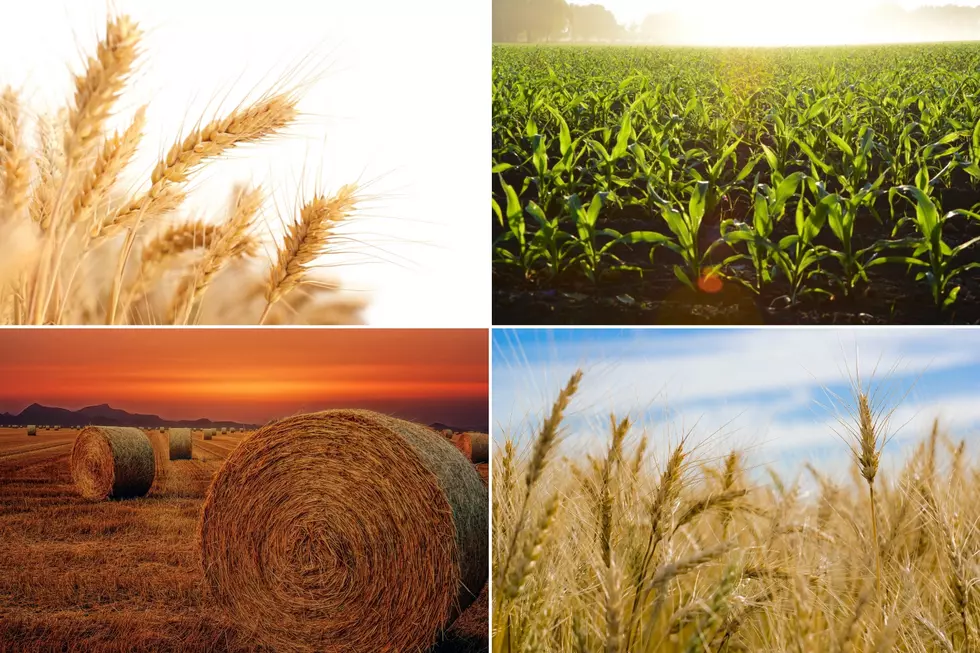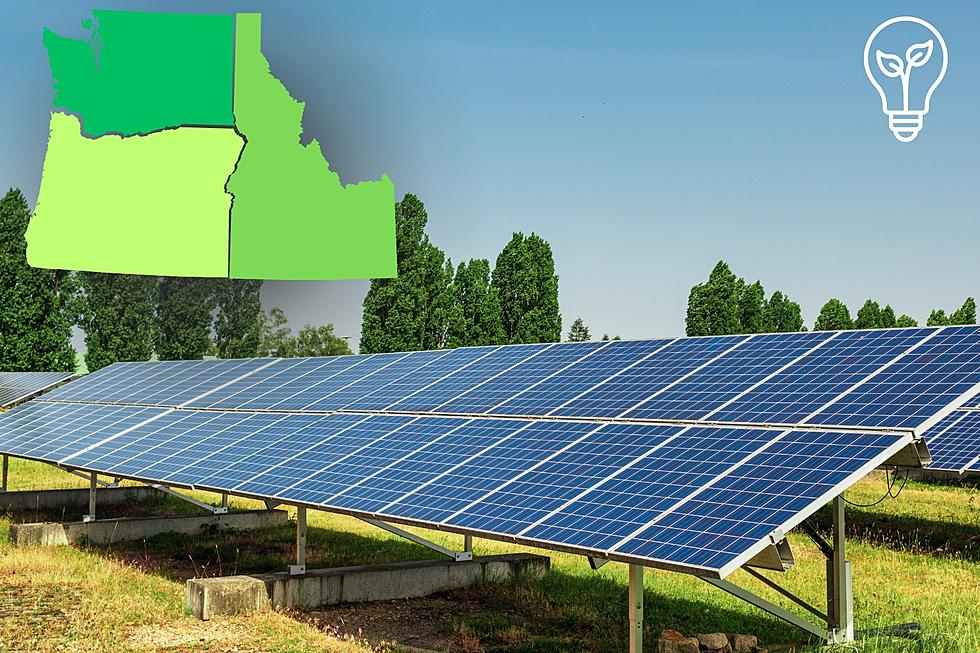
Almond Byproducts Have Great Potential
The United States produces just over one million tons of almonds a year, but when we buy them, we only see the edible nut, and not the whole picture. USDA Botanist Dee Wood has been working on finding new uses for the hulls and shells so they don't become a big waste disposal problem. She notes hulls can be used for livestock feed, while shells can be used for garden bedding. But, that's not all.
"We have successfully torified these shells, and that's just a fancy word for heat-treated."
Wood said if you use recycled outdoor plastic planters and such, the sun can weaken and ruin them over time, but USDA researchers have been able to, "increase the heat-deflection temperature of recycled plastics by an incorporation of torified almond shells."
That makes recycled plastic items stronger and last longer. Scientists are also working on many other uses for almond production byproducts.
More From PNW Ag Network









